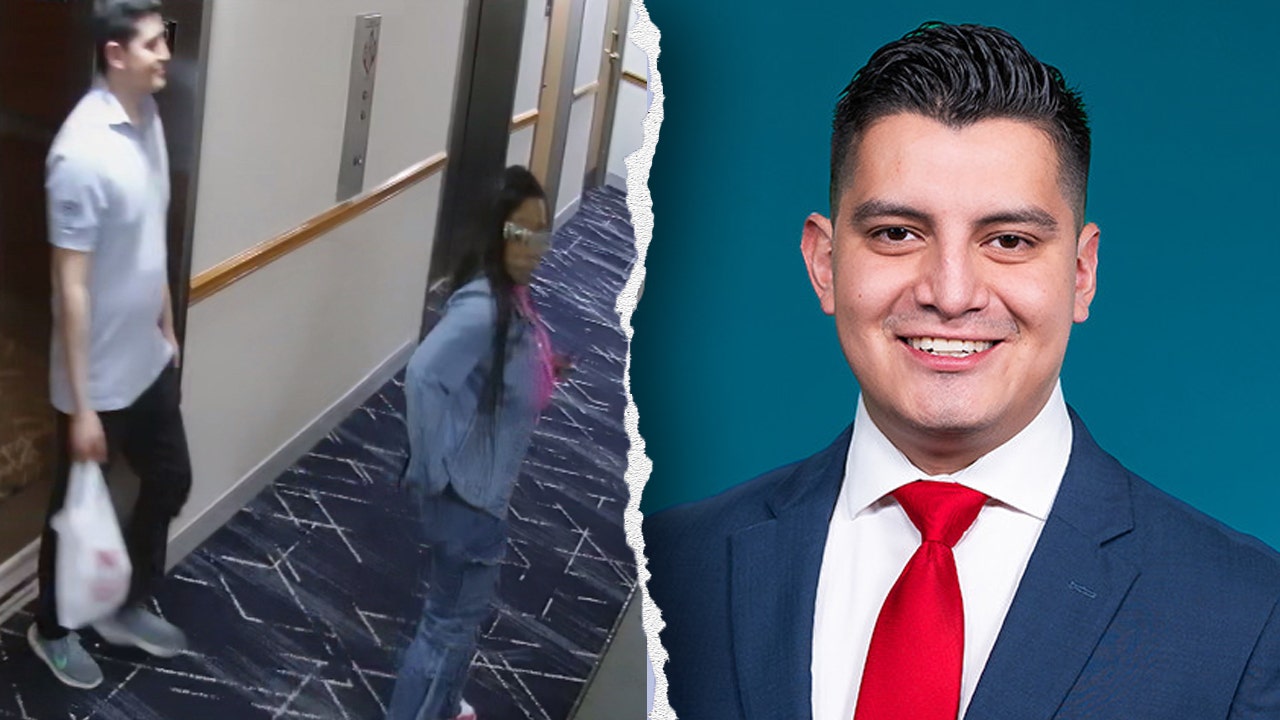Deep breath!
Jaclyn Keely, 29, is preparing to run the RBC Brooklyn Half Marathon hosted by the New York Road Runners on Saturday.
Since completing the 13.1-mile race last year, Keely was diagnosed with Stage 1 mucinous adenocarcinoma, had the lower lobe of her left lung removed and endured an excruciating recovery.
“I just want to cross the finish line with a smile,” the Brooklynite told The Post.
Mucinous adenocarcinoma is a rare type of cancer that can develop in any organ, especially the breast, colon, rectum and lung. DNA mutations cause abnormal cell growth, resulting in a tumor surrounded by lots of mucus.
Keely learned that something was amiss when her lung collapsed in 2018 as she made breakfast.
The episode is known as a spontaneous pneumothorax — air accumulates in the space between the lung and chest wall, causing the lung to partially or fully collapse. It can arise from underlying lung conditions like COPD or occur for no apparent reason.
Keely went to the emergency room, where doctors scanned her chest and noticed a nodule on her lung.
“Because of my age and my activity level and that I was a ‘never smoker,’ they [said I] had no reason to be worried,” recalled Keely, an anesthesia technologist.
She got rescanned over the years. The nodule remained undisturbed — until last fall.
“My pulmonologist said, ‘I want to biopsy it, just out of curiosity to see what it is,’” Keely said. “And it did come back cancerous, so there really were no symptoms, which is what’s kind of scary.”
Keely had suffered lung collapses before the severe incident in 2018 and had long experienced chest pain and shortness of breath for reasons unknown.
Despite those struggles, she started running in November 2023 — almost a year before her cancer diagnosis.
“It sounds kind of funny, but I just woke up one morning and decided that I was going to run a marathon, and that was kind of it,” she said.
Running increases the body’s demand for oxygen to fuel the working muscles, so shortness of breath is common. That’s why building up slowly and listening to her body were key.
She followed online running guides and completed the New York Road Runners’ 9+1 program to earn entry into this year’s TCS New York City Marathon.
But the cancer finding and subsequent lung surgery in October cramped her style.
“I felt like I was in a new body, and I needed to learn its limitations,” Keely explained. “And that was just very, very difficult for me to suddenly be limited, where before I had felt really, really strong and young and healthy.”
She started running two or three weeks after the procedure. Her first jaunt was about 0.2 miles.
She went on frequent walks to improve her lung capacity and eventually incorporated longer bursts of running.
“I got to the point where … I was able to run a full 10K,” Keely shared. “It kind of clicked then that I was … getting back to it.”
The lower lobe Keely had removed won’t grow back, but she isn’t worried because her lung capacity is pretty much back to normal. She also gets scanned every three months to make sure the cancer hasn’t returned.
She hopes her journey to Saturday’s start line encourages others to get recommended medical tests and check-ups, especially as certain cancers become more common in people under 50.
Scans can identify lung cancer at its earliest stages, when treatment is most effective. About 10% to 20% of lung cancer patients, like Keely, have never smoked.
“Anybody with lungs can get lung cancer,” Keely said. “I never thought in a million years that this would happen to me … especially so young.”













